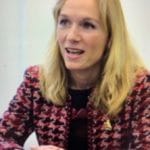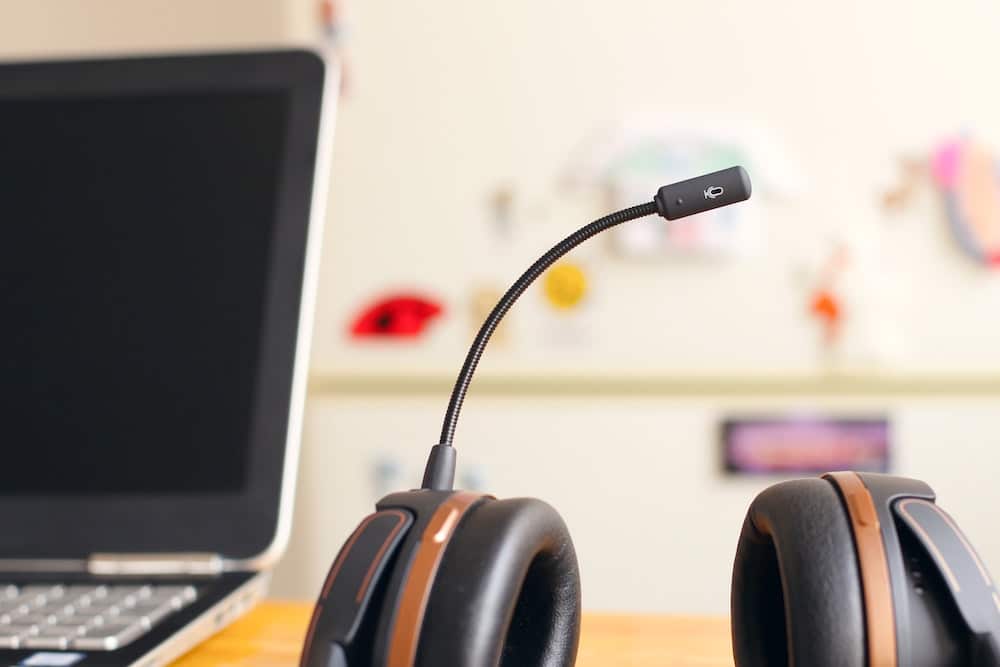
 Simon Gregory is Health Education England’s Deputy Medical Director for Primary and Integrated Care and a GP in Northampton with interest in quality of education and care and healthcare professional wellbeing. He is on Twitter: @SimonDGregory
Simon Gregory is Health Education England’s Deputy Medical Director for Primary and Integrated Care and a GP in Northampton with interest in quality of education and care and healthcare professional wellbeing. He is on Twitter: @SimonDGregory
Victoria Tzortziou Brown is an east London academic GP and clinical commissioner with an interest on health care interventions aiming to change professional behaviour, improve care quality and reduce health inequalities. She is on Twitter: @VictoriaTzB
General practice has not just remained open during the COVID-19 pandemic but responded with extraordinary agility and speed. This is not surprising as one of the key strengths of our speciality is its ability to adapt and innovate. We have a long track record of doing so: multidisciplinary working, electronic GP records, e-prescribing, call and recall systems, and, more recently, remote consulting and the speed with which we can identify and provide care to high risk and vulnerable patients. Continuity of care and knowledge of our patients and of our local communities have greatly assisted such a quick response. Although the majority of our consultations became remote,1 we did not! On the contrary, by working within our local extended teams we enabled connections.
Short interactions with a large number of patients via remote consulting can be mentally exhausting.
Whilst for many patients the technological solutions offer convenience and improve access, for others, such as those without a smartphone or wifi or those with poor health literacy and with complex needs, they can present additional barriers and therefore increase health inequalities.3,4
The impact of remote working on us as GPs also seems to be mixed. On one hand, it allowed flexibility which meant that shielded and isolating GPs as well as those at increased risk and with caring responsibilities could still work. But it also introduced challenges. Assessing clinical risk remotely requires different skills, and assumptions that remote consultations can be quicker than face-to-face or that GP telephone triage reduces workload are not supported by robust evidence.5 In fact, anecdotal reports suggest that sessional workload has increased significantly and 30-40 patient contacts in a clinical session is now the norm for some GPs.
Remote, quick, impersonal, call centre medicine is not general practice.
Remote, quick, impersonal, call centre medicine is not general practice. It may work for a subset of patient queries, for minor ailments, but for the rest, understanding the patient’s needs, perspectives and priorities as well as the context in which they live is fundamental for providing safe, person-centred care. And working within an integrated local health and care system is what enables the appropriate use of resources and the necessary support that make care cost-effective and compassionate.
References
1. Pereira Gray DJ. et al. Reduction in face-to-face GP consultations. BJGP 2020: 70(696): 328
2. MacAuley D. Asking questions. BJGP 2020: 70(696): 315
3. Ashwell G. et al. https://bjgplife.com/2020/06/22/general-practice-post-covid-time-to-put-equity-at-the-heart/
4. Arroll B. et al. COVID-19 in New Zealand: A move to online consultations in primary care could widen health inequalities. https://blogs.bmj.com/bmj/2020/06/25/covid-19-in-new-zealand-a-move-to-online-consultations-in-primary-care-could-widen-health-inequalities/
5. Downes, M.J., Mervin, M.C., Byrnes, J.M. et al. Telephone consultations for general practice: a systematic review. Syst Rev 6, 128 (2017). https://doi.org/10.1186/s13643-017-0529-0
Photo by Petr Macháček on Unsplash






